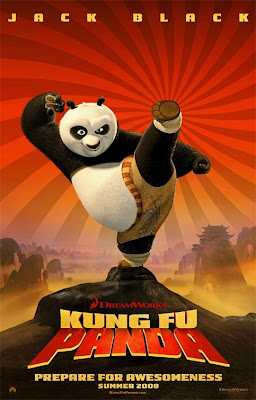
More movies!
Yesterday we went to see The Bank Job.
Following in the vein of 'Lock Stock & two Smoking Barrels' this gritty, well filmed crime drama is based on a true-life bank robbery in London in 1971, in which the valuables were never recovered and a 'D' notice was issued preventing media from reporting the story, alledgedly to protect a member of the British royal family.
The storytelling here is the ultimate highlight of this film, it's not flashy or over the top in any way, but you leave the cinema feeling full and satisfied. I wish there were more movies like this.
8/10


















































